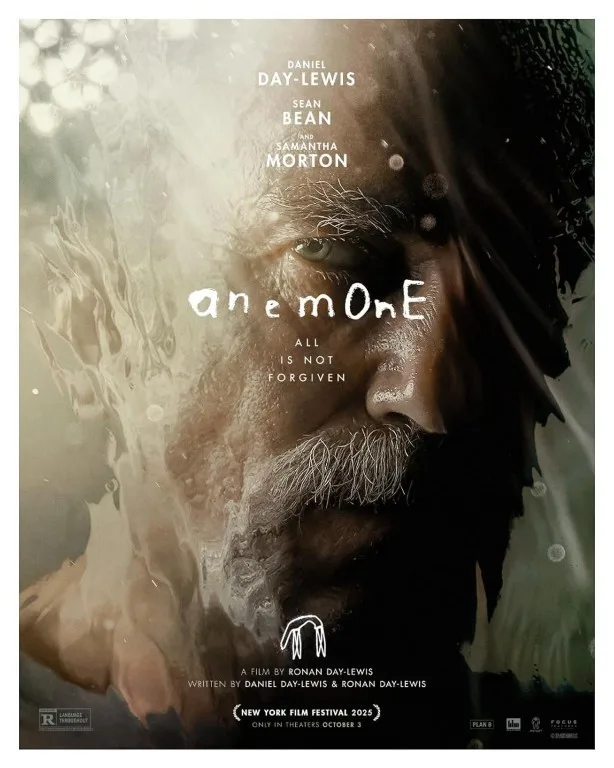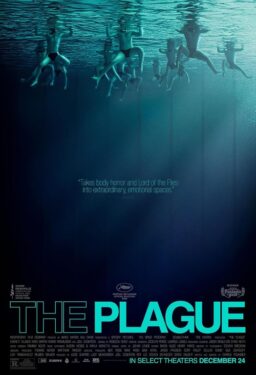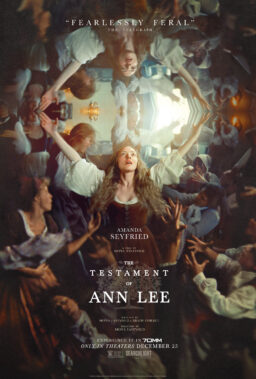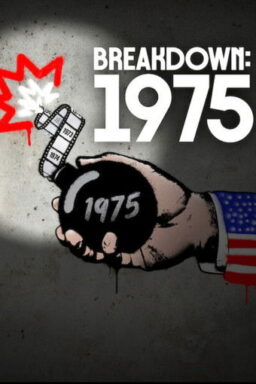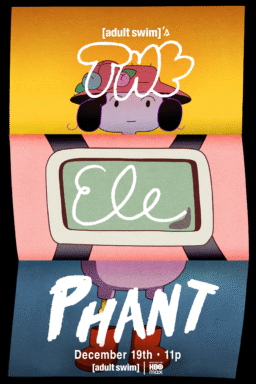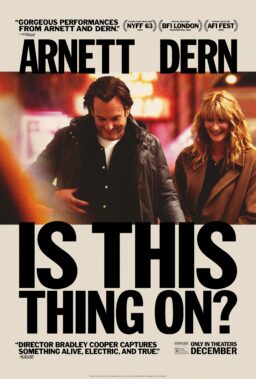Years after the Troubles have settled, its ghosts still haunt a family torn apart by its violence. With few words one morning, Jem (Sean Bean) packs up his bag, says goodbye to his wife and son, and rides out to a remote part of the world to find his long-estranged brother, Ray (Daniel Day-Lewis). His adopted son, Brian (Samuel Bottomley), is struggling with bullies who taunt him about his alleged dad, Ray, and the destruction he wrought during turbulent times in Ireland. When Jem and Ray reunite at the latter’s cabin in the woods, things are tense, and the mood is less-than-celebratory. The challenge for Jem lies before him: Can he break his brother out of his isolationism to care about those he chose to leave behind?
Ronan Day-Lewis’s feature debut “Anemone” is an ambitious and expressionistic family drama about brothers and fathers, but its obtuse nature leaves the audience feeling estranged. Daniel Day-Lewis, who also co-wrote the script with his son Ronan, plumbs the depths of Ray’s past and his tortured soul, much of which comes out in long monologues Day-Lewis delivers with the intensity of his character in “There Will Be Blood,” a man constantly on the verge of snapping. His mere gaze shows enough anger behind his eyes to make the average person flinch.
But this movie has very little plot besides Ray wrestling with his demons and the Brian’s coming-of-age crisis. He too is given to violence, and the realization frightens him that he may follow in his father’s bloody footsteps. “Anemone” looks at the various father-son relationships with a tinge of sadness. Ray’s relationship with his father was a physically scarring experience, one that still haunts him. His relationship with Brian is nonexistent, as he chose to remove himself after a particularly chilling bombing gone wrong. Jem, the father who stepped up in Brian’s case, is ill-equipped to help his son control his violent nature. He gets little credit in the film for showing up and going through the physically demanding lengths to bring Ray home.
Day-Lewis and Bean are excellent–their previous work can attest the men are practically incapable of turning in a bad performance–but the film’s writing and direction leave much to be desired. In his return to acting after an eight year “retirement,” Day-Lewis commands much of the screentime with a frightening presence. He holds most of the speaking lines in this movie, leaving Bean little to do but politely nod through emotional tirades and monologues. As incredible a performer as he is, Day-Lewis can’t shake the repetitive nature of Ray talking to his silent brother, who seems almost unwilling to engage the man in conversation. Less is given to Samantha Morton as Nessa beyond looking concerned for her son and eventually, explaining the truth behind their family history.
Ronan Day-Lewis and cinematographer Ben Fordesman give “Anemone” the ominous look of a music video that matches the film’s jarring nu metal-esque rock score. The clouds always look dark and menacing, as if threatening to come down from the heavens at any moment. Deep in the wooded forests, the color grading turns the surroundings into a verdant green, heightening the natural beauty of the setting as Ray waxes morosely about his past. The fields of golden wheat and inky rivers where big fish float by and otherworldly ethereal creatures materialize from the dark make for a striking visual style, but the film’s expressionistic flourishes don’t feel coherent here, just baffling. Is this Ray’s mental state that’s finally crumbling or leading him back home?
“Anemone,” which takes its name from a flower, a favorite of the men’s late father, is style over substance, focused more on the emotional displays of regret and violence than healing. It looks and feels like adolescent displays of anger against the ways the previous generation failed its offspring, but little beyond tying those powerful feelings to the tragic scars the Troubles left behind. The dialogue and narrative structure could have used a few extra drafts so that characters felt more real than conceptual ideas. “Anenome” is Ronan Day-Lewis stretching his canvas beyond his background in painting, and while there are some interesting crossovers between the broody visual style and eye-catching surrealism, he still has much space to fill.
This review was filed from the premiere at the New York Film Festival. It opens on October 3, 2025.



